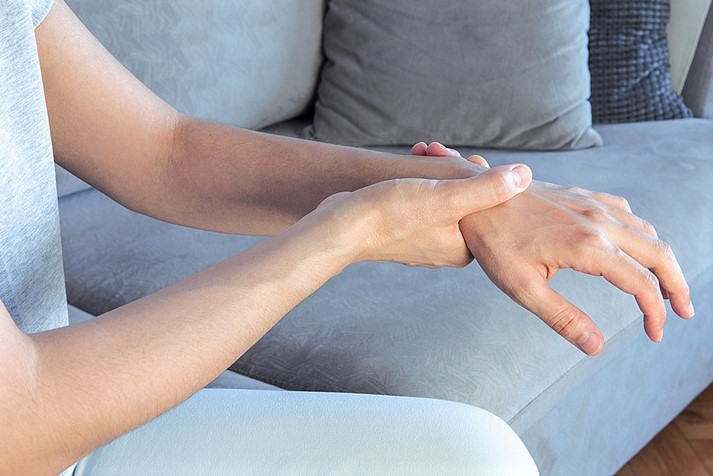
Hand and wrist sprains and fractures: the most common causes and what to do
Sprains and fractures of the hand and wrist: the hands play an important role not only in everyday activities, but also in sports
The possibility of a sprained or fractured hand or wrist is a danger (and a concern) for those who participate in contact sports, such as kickboxing or martial arts, but also for those who work manually, both in terms of trauma and the continuous pressure on the limb.
Hand and wrist, what are the causes of trauma?
Sprains and fractures of the hand and wrist, but also tendinitis and inflammatory pathologies, are very frequent in untrained and inexperienced amateur sportsmen and women.
Inexperience leads to the athletic act being performed incorrectly, while a lack of training and warm-up before physical activity increases the risk of injury.
This is why, as well as ankle, knee, hip and shoulder injuries, it is necessary to prepare the hands, wrists and fingers for the sporting act with stretching and to use the right protections and supports when practising sports such as kickboxing, volleyball and amateur basketball.
A knowledge of the risks of specific movements, such as volleyball dribbling or crossfit pull-ups, can also help prevent the development of injuries.
What to do in the event of a hand, finger or wrist injury
If two days’ rest and ice packs are not enough, it is important to see a specialist for an orthopaedic examination.
Injuries should not be underestimated, not least because of the important role the hands play in everyday life.
In the case of hand or wrist fractures, the alternative to a plaster cast for those who need to return to their activities in the short term is the use of performance plates or screws that act as an internal plaster.
In this way the segment affected by the injury remains stationary, but the hand can be moved while waiting for the bone to repair itself.
At this point, with the exception of lifting weights and driving a car, the patient will be able to carry out all activities; moreover, he will not develop joint rigidity because the limb has not been immobilised and therefore recovery after the trauma will be faster.
The synthetics used in the implant also do not need to be removed, so much so that the patient forgets they are there; they are not even detected at airport checkpoints.
Personalised braces to get back into training
The biological repair time for a hand or wrist injury can typically take up to 45 days.
Pending healing, based on the assessment of the specialist, it is possible to return to sport with the use of personalised braces made as mittens with different thermo-modular materials depending on whether they are used only at night or also during the day.
The braces protect and rest the structures involved in the injury, replacing the lost functions while waiting for the structures to heal, as in the case of nerve damage following a fracture, but allowing the necessary movement for a specific activity.
Standard braces, on the other hand, often do not allow the skin to breathe, compress the structures of the hand or fingers and do not provide real support for the athlete’s movements.
Read Also:
Wrist Fracture: How To Recognise And Treat It
Fractures And Injuries: What To Do When Ribs Are Broken Or Cracked?


